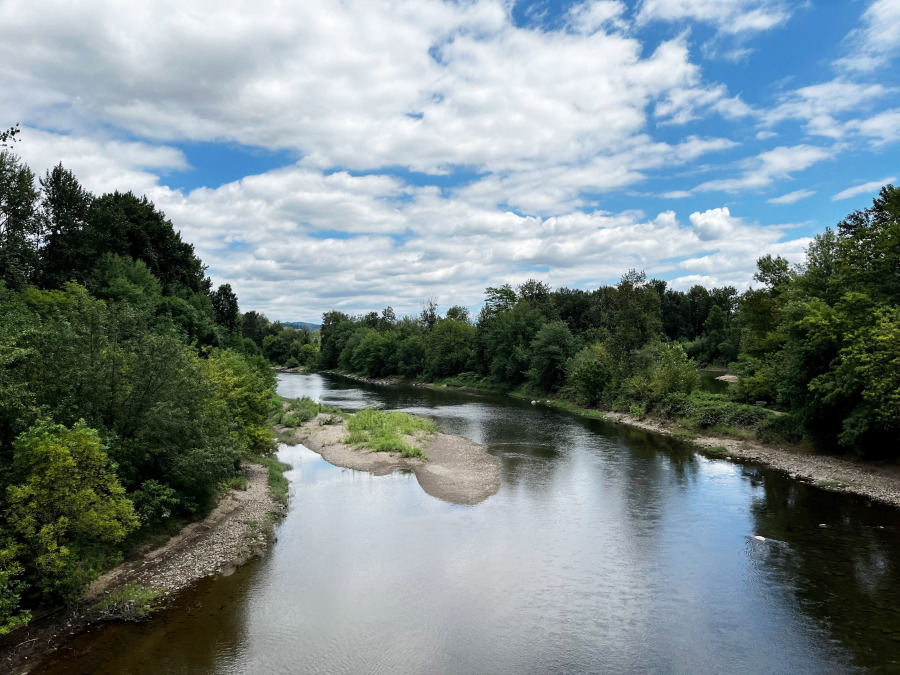Anyone who has ever taken shelter under the leafy canopy on a hot summer day understands the value of trees, but did you know that trees add nearly $35 million in annual benefits to the city of Camas?
“It’s really something we take for granted,” Jenny Wu, a member of the Camas Parks and Recreation Commission said of the vast array of benefits provided by the City’s nearly 3,400 acres of tree canopy. “You never really think about what the tree canopy can provide.”
Taking nature for granted is something Camas Parks and Recreation Director Trang Lam would like to change.
“We’re starting to reframe how we think about open space and parks … and reframe that conversation,” Lam recently told The Post-Record.
Looking at the value the tree canopy provides, for instance, is one way of showing the public — and elected officials who set policy and dictate the park department’s budget allocations — just how valuable a natural asset such as trees can be to a city.




